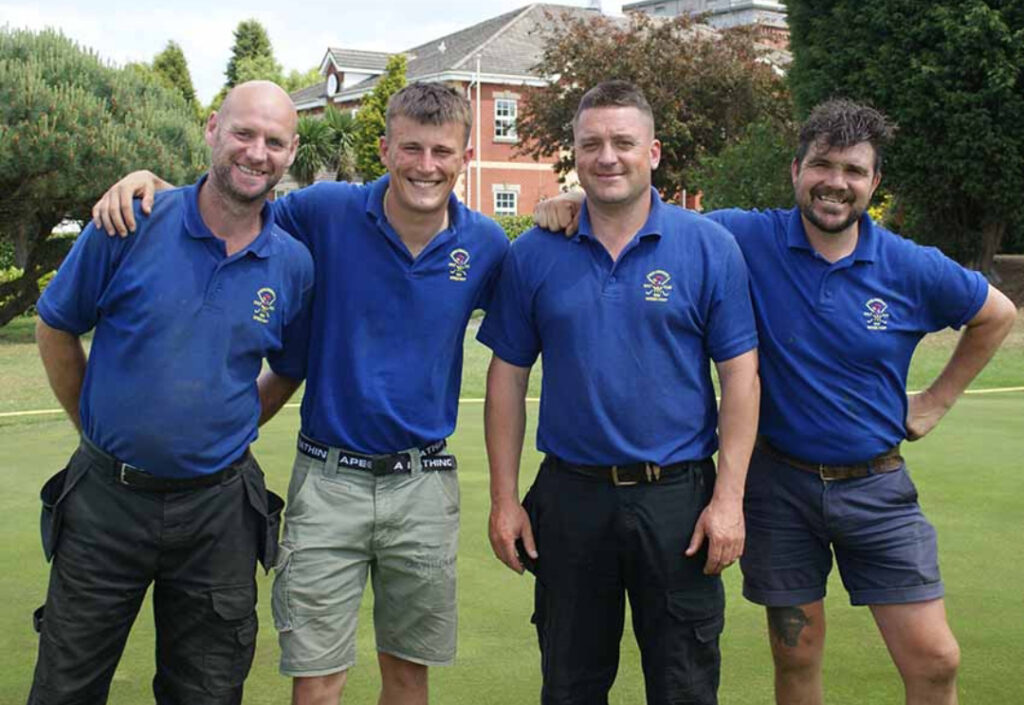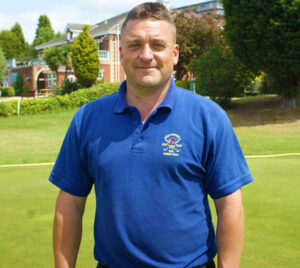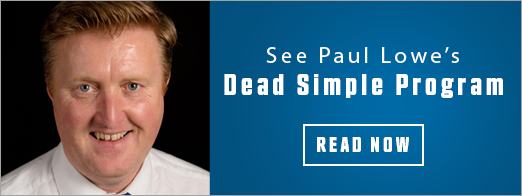How the least-complicated plan ever helped turn the turf around at a club that needed some love. Here’s Pat Jones’s conversation with Houldsworth GC head greenkeeper Darren Crowther as well as an in-depth look at his super simple program developed by Aquatrols’ Paul Lowe.
By Pat Jones
When Darren Crowther was given the opportunity to become head greenkeeper at the venerable old Houldsworth GC, he jumped at the chance despite facing some massive challenges. The biggest of those? Trying to reduce a 4” thatch layer that played hell with putting quality. Oh, and he has a staff of four, including himself.
He was prepared for the task thanks to two decades of working on the course, studies at Myerscough and a strong interest in succeeding. And he had ideas about taking things in a new direction. One of the first calls he made was to Paul Lowe, his rep from Aquatrols. And that’s when good things started to happen.
In just two years, Crowther and Lowe have collaborated to get a major thatch problem turned around (without pulling a single core) and create consistency among greens that were build 80 years apart. “The members are very pleased and people in the region have noticed,” says Crowther with well-earned smile. Lowe agrees: “The course condition has been transformed to being one of the best in the area.”
How did they turn things around? Did I mention they haven’t pulled cores? Crowther gives a lot of the credit to a combination of slitting and deep-tining plus a handful of Aquatrols and Redox products, specifically Zipline, TurfRx C-85, TurfRx Supreme and TurfRx Si.
When we spoke via Zoom a few weeks ago, he had just finished the renovation process he now uses to start and finish the year: Verti-Drain at 12” deep with ½” tines plus 20 tons of sand each go-around. He also does a lot of deep slicing and slitting in the winter. “We’re not pulling cores and we’re relying on the biology to break up the thatch,” he says. “It’s just going back to traditional greenkeeping. I wanted to go back to traditional, sustainable practices.”
Mostly the program allows him to focus limited resources on other needs. “It’s dead simple. With four staff we have to be very careful and try to fit it in with everything else we need to do. This program lets us do that.”
The most important result is that he’s winning the battle against his massive thatch layer. “We’re down to about 1.25” of thatch now.”
The results are terrific but it’s a great story of collaboration between golf course manager and product expert. “Paul knew our program had to be easy for a small staff to do. This is a dead simple program. In season we do our monthly Zipline app one week, needle-tine the next week, then Redox week, then an off week during summer. It gives us a little breathing room.”
His Redox program relies on TurfRx C-85, TurfRx Si and TurfRx Supreme. “It’s quite cheap in the scheme of things. We only need to use 5L of each product every month. Like I said, we have to keep it dead simple.”
What’s the most important thing you’ve gotten from this program? “Consistency. Consistency is the key because we have three different types of greens built in three different eras. We have 5 that are 100 years old, 10 more that are 35, and 4 that are 20 years old. But with this program you can’t tell the difference.”
Being able to use far less nitrogen has also had benefits: “Before with all the fertilizer conditions were all over the place because of that flush of growth. Now we’re using less nitrogen and they are more consistent.”
He’s also seeing his bentgrass thrive. “We were 25% bent and 75% Poa mix but now we’re trending toward 60/40 bent with no overseeding.”
You just had the hottest, driest summer in decades, but you used very little irrigation. How?
“We’re trying to be as sustainable as possible so we kept it to a minimum all year. We only had it on for 150 minutes all season just to keep the grass alive! The Zipline combined with the Redox has really helped us dry the greens down to right on the edge! That’s also kept the Poa declining while helping the native bent grass thrive.”
How have the members responded? “They’ve absolutely loved it. They couldn’t be happier. And other courses in the area have taken note. We’re even getting some new members and some press attention.”

How is Paul to work with? “The first person I reached out to was Paul. I knew if you don’t sort your water management out you won’t have a chance, so I knew I needed him involved early on. He basically said, ‘You do the aerification and we’ll find products to help you with the biology.’”
What can others learn?
“I took a chance on this Redox program. It was new to me and everyone at this point. He explained it all to me and we decided to go for it. It’s a great case study on how something like this can work for low-budget operations. People are really just starting to find out about these results. The combination of the right wetting agents and Redox products has been amazing.”
Final thoughts? “Members, visitors … everyone has been impressed with the condition of the greens in terms of playability, visuals, everything. You’re the course everyone will hate because you have greens all the time. And we’re only just started. I can’t wait to see how far the biology can take us next year.”





Comments are closed.